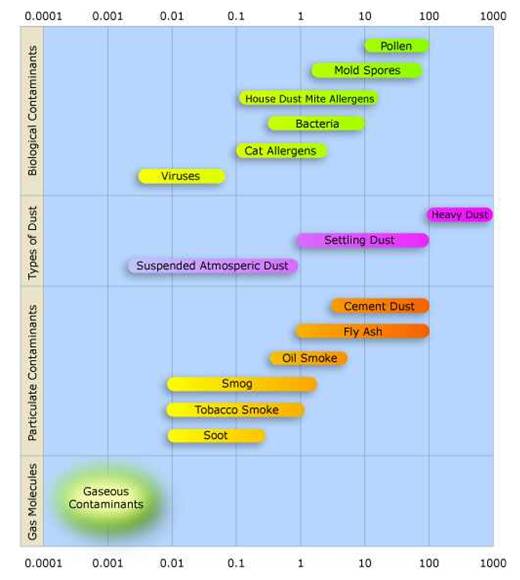There have been several recent analyses devoted to understanding changes in monsoon rainfall in India. A number of long-term datasets have consistently reported a multidecadal trend of drying from 1950 onwards. This is a serious concern because the South Asian summer monsoon provides the majority of annual precipitation for most of India, which influences not only water availability, but also agriculture, health, economic stability, and both regional and global ecosystem processes. The mechanism driving this drying trend has remained a mystery, but a paper published last week in Science indicates that aerosols could be the guilty party.
(Indian residents caught in monsoon rains)
Aerosols are responsible for a process known as "dimming," or a reduction in the amount of solar radiation bouncing off the Earth's surface. The aerosols can achieve this both by diffusing radiation and by absorbing it themselves. Independent climate models have suggested that aerosols could significantly reduce monsoon precipitation, but, until now, no models actually tested the impacts of aerosols in comparison with, or in addition to, the impacts of other climate-changing factors.
(Chart showing aerosols--suspensions of fine solid or liquid particles in gas--of various sizes and origins.)
The new modeling work was performed by collaborators from Princeton University and the National Oceanic and Atmospheric Administration. They used a state-of-the-art "coupled atmosphere-ocean global climate model" in order to simulate climate conditions under the influence of several different sets of "forcings," or factors that could impact the data of interest--in this case, the actual climatological conditions observed over the past several decades in India and Southeast Asia (with a focus on the Indo-Gangetic Plain, a region in India that is important not only for agricultural and social reasons, but also because it is the area that receives "maximum climatological precipitation" during the summer monsoons). In an attempt to pinpoint which forcings were responsible for the observed trends, the researchers ran 3 main simulations: 1 that included all natural and anthropogenic factors (solar variations, volcanoes, greenhouse gases, ozone, aerosols, land use), one that included only greenhouse gases and ozone, and one that included only aerosols.
Each of these models varied in how well they captured certain aspects of the observed climatological conditions. For instance, the first (all-inclusive) simulation was "reasonably good," but did not quite capture the drying observed over the Indian focal region; nor did it agree very well with conditions observed in southern China. On the other hand, the aerosol model clearly explained the drying patterns observed in the Indo-Gangetic Plain. Interestingly, models focusing only on greenhouse gases and ozone predict that monsoons should have become more intense with the increase in global warming caused by greenhouse gas emissions. However, aerosols have "masked" this effect, to the extent that they actually cause the opposite trend.
(Simple schematic illustrating the process by which monsoon rains are formed.)
The climatological changes observed in the monsoon region are driven by a variety of smaller-scale processes, including temperature and moisture contrasts between land and sea, and circulation of climate energy. The authors of the current paper suggest that aerosols may reduce monsoon circulation by causing differential cooling of source and nonsource regions (where the moisture is picked up and deposited, respectively), as well as decreasing contrasts in temperature between the land and sea. The scientists hope that their new aerosol modeling approach will be useful for more realistically simulating climatological trends. In the meanwhile, the current results indicate that future climate policies should seek to reduce emissions of anthropogenic aerosols.
---
Bollasina, M.A., Ming, Y., Ramaswamy, V. 2011. Anthropogenic aerosols and the weakening of the South Asian summer monsoon. Science 334:502-505.
Thanks to the following websites for providing the images used in this post:
http://en.wikipedia.org/wiki/Aerosol
http://in.reuters.com/article/2011/04/15/idINIndia-56356820110415
http://www.bbc.co.uk/news/world-south-asia-10951517


No comments:
Post a Comment